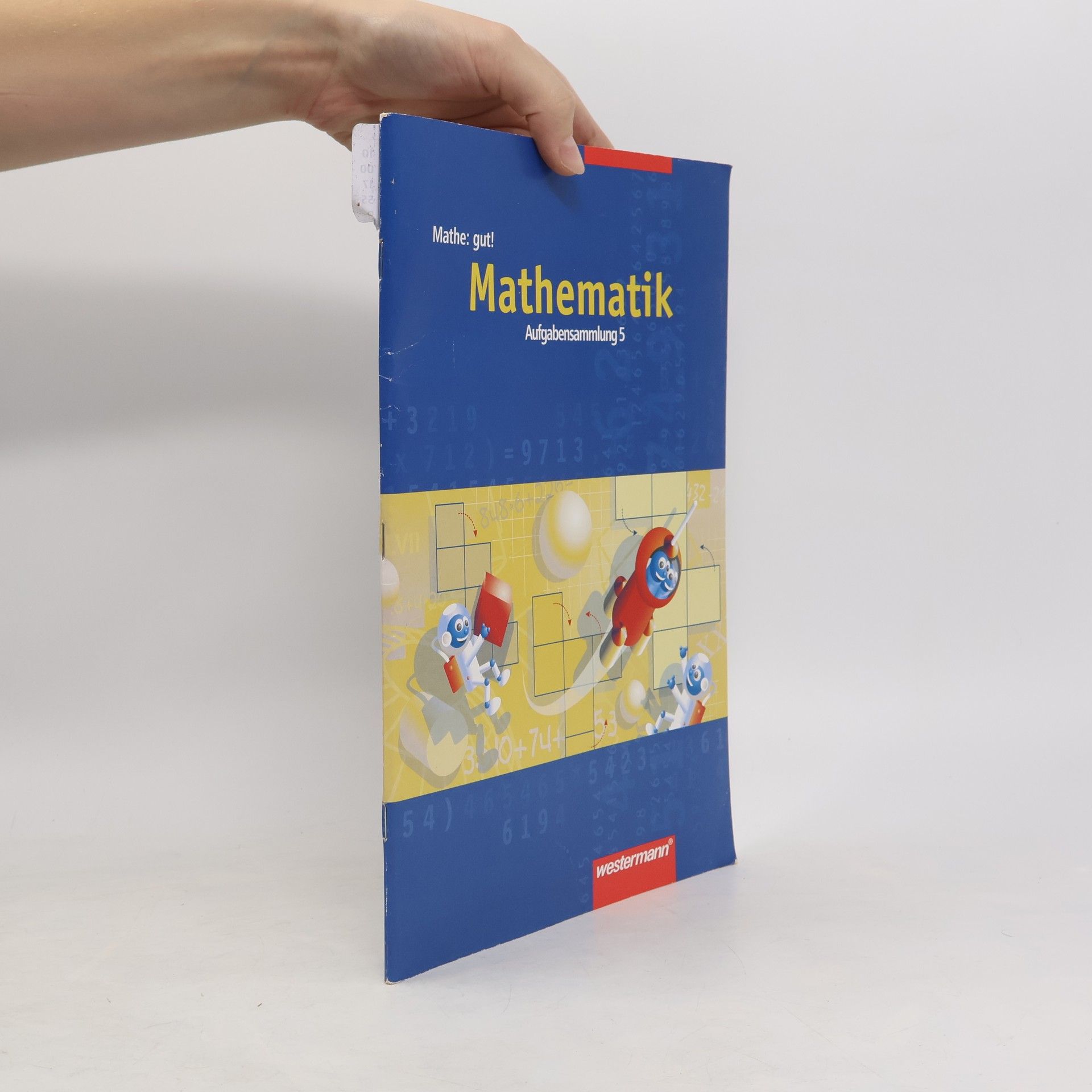LÜK. 5. Klasse - Mathematik: Grundlegende Übungen
5. Klasse - Mathematik Grundlegende Übungen
Das LÜK-Übungsheft "Mathematik" für die 5. Klasse enthält grundlegende Übungen zur Anwendung der wichtigsten Rechengesetze in einfachen Gleichungen und zur Umrechnungen von Größen. Das LÜK-Übungsheft " Mathematik " für die 5. Klasse enthält grundlegende Übungen zur Anwendung der wichtigsten Rechengesetze in einfachen Gleichungen und zur Umrechnungen von Größen. Die Aufgaben einer Seite sind so aufgebaut, dass sie in der Regel in maximal 45 Minuten gelöst werden können. Zusätzliche Rechentipps- und tricks helfen selbst manch kompliziert aussehende Aufgabe spielend zu meistern. INHALTE Addition, Subtraktion, Multiplikation und Division mit natürlichen Zahlen Runden Vertauschungsgesetz ( Kommutativgesetz ) Verbindungsgesetz und Verteilungsgesetz ( Assoziativgesetz ) Verteilungsgesetz ( Distributivgesetz /Klammergesetz) x-Gleichungen Größenumrechnungen (Zeiten, Längen, Flächen, Volumen, Gewicht) Zur Bearbeitung dieses Übungsheftes wird das LÜK-Kontrollgerät benötigt.

